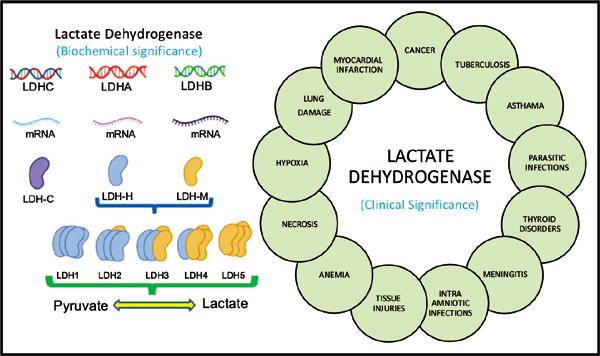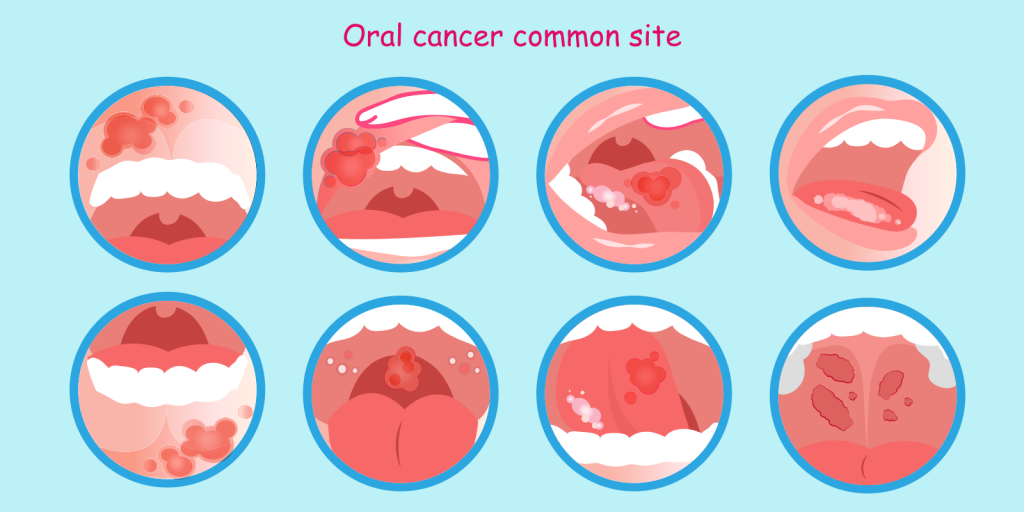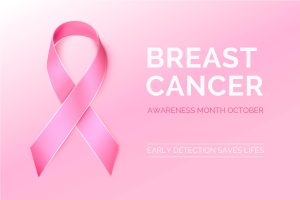Hypomagnesia occurs in 29-100% of cancer patients receiving chemotherapy.
Magnesium deficiency is common in cancer patients, especially those receiving chemotherapy. Magnesium is the second most abundant intracellular cation after potassium. It is involved in >600 enzymatic reactions in the body.
Hypomagnesia induces fatigue , mitochondropathy (compromised mitochondrial function )and risk for neuropathy, nephropathy as well as abnormal cardiovascular function (arrhythmia, hypertension) immune dysfunction, headache and altered bone and Vitamin D metabolism. Hypomagnesia is associated with nausea, vomiting, headache, myalgia, constipation, anxiety, insomnia and depression, all common complaints of cancer patients.
Long term and extreme hypomagnesia promotes cancer treatment related fatigue, cortical blindness, insulin resistance, prolonged QT interval, hypertension, seizures, tremor, psychiatric disturbances, migraine headaches and is associated with chronic inflammation and oxidative stress.
Magnesium status declines with age.
As cancer patients are typically over 50 years old, hypomagnesia may be present long before diagnosis. Pre-menopausal women and athletes also have higher needs of magnesium and may be deficient.
This may influence the tumor microenvironment towards carcinogenesis, tumorogenesis, proliferation and progression.
Both oral and intravenous repletion relieve many of the hypomagnesia related adverse effects.
Adverse effects can be prevented by supplementing with magnesium in advance of as well as after chemotherapy. In a health model, keep patients replete with Magnesium at times to optimize function, prevent deficiency syndromes and adverse symptoms of chemotherapy.
Monitoring and Management of Magnesium Status
All patient care plans include oral Magnesium Glycinate Chelate
Daily Dose: 600-900mg daily in capsule, liquid or powder form
(Glycinate and Bis-Glycinate chelates are more well absorbed and less likely to have a laxative effect than other forms of magnesium chelate). Excess oral magnesium can lead to diarrhea. Spread out oral dosing over 3-4 doses per day to achieve repletion without loose stool.
Extreme Hypomagnesia can be quickly repleted by intravenous infusion.
All patients are monitored for Serum RBC Magnesium to assess magnesium status every 3-6 months long-term and monthly during active chemotherapy.
Serum Magnesium is not a reliable indicator of Magnesium deficiency.
Dietary Sources of Magnesium include:
Almonds, cashews, brazil nuts, pumpkin seeds, flaxseeds, cocoa, avocados, dark leafy greens, seaweed
Chemotherapeutic agents that induce hypomagnesia:
Platinum Chemotherapy Agents : Oxaliplatin, Cisplatin, Carboplatin and
Taxanes: paclitaxel (Taxol) nab-paclitaxel (Abraxane), docetaxel (Taxotere),Cabazitaxel (Jevtana).
Vinca alkaloids vinblastine, vincristine, vindesine, and vinorelbine.













